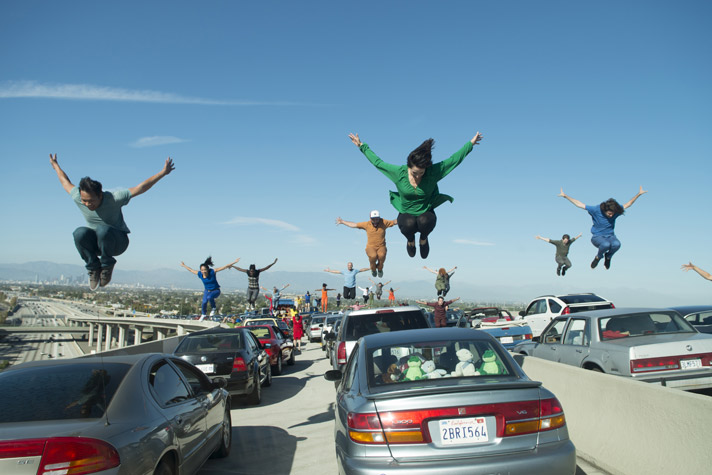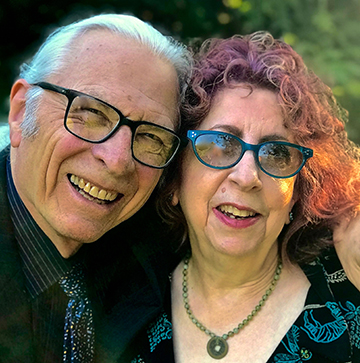The Unfettered Critic – February 2017
La La Land, a cinematic love letter to classic movie musicals, just won a bunch of Golden Globe Awards. Seven, in fact—the same number it was nominated for. You can expect it to win a bunch of Oscars, too. As well it should.
But not for the reasons you’d think. As appealing as Ryan Gosling (as jazz pianist “Sebastian”) and Emma Stone (as aspiring actress “Mia”) are together, their love story is secondary to other elements that make this film a winner
Let’s break it down. The plot of this musical is gossamer thin. Girl with dream meets boy with dream. Inevitably, they fall in love. But their plans don’t coincide, and as each of them gets within arm’s length of achieving his and her impossible dream, girl and boy drift apart. End of story.
But not quite end of movie. “Five years later,” we are told, Mia and Seb have achieved their dreams. The catch: it happens off-screen. It’s a bit of a cheat, but director/writer Damien Chazelle provides a lovely coda to sweeten the loss.
We’ve seen tales like this played out on-screen many times, usually with more complications, greater detail, and deeper emotional satisfaction. So what is it that makes this movie so memorable?
It represents filmmaking at its best.
The artistry here is glorious. Beyond the luminous actors and the brilliant director, it’s clear that the behind-the-scenes personnel who contributed to La La Land—from the cinematographer and his lighting crew, to the choreographer, to the rarely credited locations manager—put their collective hearts together to turn old-fashioned filmmaking into something brand new.
Take the opening scene. A woman steps out of a car that’s stuck in a massive traffic jam (location: a real L.A. freeway ramp, with actual traffic passing alongside). Suddenly dozens of people leap out of their cars and erupt into a joyous dance number. The camera goes through nearly as many choreographed moves as the dancers in order to complete the jaw-dropping six-minute scene with only two (nearly invisible) cuts. Camera (and operator) spin past cars, performing an acrobatic flip, pushing in on individual dancers as they jump over cars, cross lanes, dance on hoods, and leap into the air. The entire sequence looks impossible, and by the time the dancers slip back into their cars, the audience is hooked. All of this before the opening credits roll. As has been said about the great Hollywood musicals of the past, “that’s entertainment!”
Perhaps the most important “character” in La La Land is Hollywood, the city that the film is named for. The nickname “La La Land,” occasionally used to poke fun at this region of make-believe, becomes here a term of endearment. A freeway scene may not sound very romantic, but it serves as the setting where Mia and Seb have their first “cute meet.” They meet again high in the Hollywood Hills, performing a memorable dance number against the backdrop of a “city of stars.” And who could resist a fantasy dance sequence that takes place inside the planetarium theater in the Griffith Park Observatory? Director Chazelle sought out locations in far reaches of the city where architecture from the 30’s and 40’s still stand. And he shot many scenes using the natural “magic light” of sunrise and sunset, then manipulated the film to heighten a color palette emphasizing oranges and fuchsias, contrasting against a sapphire sky.
The word “movie,” of course, comes from the term “moving picture.” La La Land, a tribute to the kinds of movies Hollywood used to make, moved us in an award-winning way.

 Paula and Terry identify as writers, with an ever-increasing number of published works to support the supposition. They live a primarily pastoral life in the enchanted town of Jacksonville.
Paula and Terry identify as writers, with an ever-increasing number of published works to support the supposition. They live a primarily pastoral life in the enchanted town of Jacksonville.